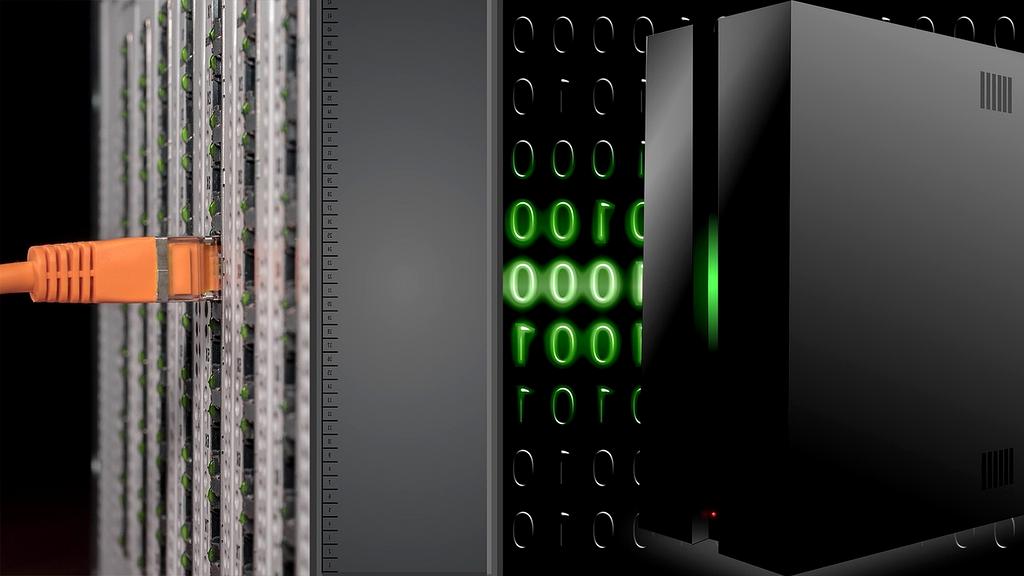Communication is vital during any emergency and forms a crucial part of an organization’s crisis management program. Having an up-to-date crisis communications plan is essential to avoid confusion and misinformation if disaster strikes.

A crisis communications plan is a detailed set of procedures and resources that guides an organization on how to communicate with employees, stakeholders, first responders, and the public in the event of a crisis. Clear and accurate messaging ensures that everyone involved knows the company’s status, response strategies, and next steps. Proper communication not only manages the immediate situation but also protects—and can even enhance—your organization’s reputation in the long run.

Importance of Crisis Communications
Without a well-prepared crisis communications plan, employees, their families, stakeholders, and emergency partners may be left in the dark about your response, leading to unnecessary worry and potential reputational damage. Major incidents, such as wildfires or flooding, highlight the need for organizations to proactively prepare and regularly test their crisis communication strategies. A plan’s effectiveness shapes public perception and helps maintain trust.
Crisis Communications Plan Template
Every organization has unique needs, but using a customizable crisis communications plan template can help you get started or improve an existing plan. This resource outlines core elements to cover, ensuring you’re ready to communicate effectively before, during, and after a crisis.

Six Steps to Building a Crisis Communications Plan
- Preplan for Crisis Communications: Secure leadership approval, gather input from all critical departments, identify the communications team and spokespeople, establish media and social media strategies, and develop a process for plan testing and improvement.
- Identify Potential Audiences: Define all stakeholders (employees, families, shareholders, customers, supply chain partners, government agencies, and the general public) who will need information during a crisis.
- Gather Technologies and Resources: Prepare ready-to-use messages, messaging templates, emergency notification systems, internal collaboration tools, phone systems for mass notification, and a media briefing space. Don’t forget to plan ahead for social media messaging.
- Analyze Key Risks: Assess the specific risks and vulnerabilities that your organization faces, and tailor your communication protocols to address those scenarios—for example, consider how you’d address crises impacting remote or onsite workers differently.
- Outline Communication at Each Crisis Stage: Define actions and messaging for pre-crisis, active crisis, and post-crisis stages. Maintain transparency and frequent updates throughout the event. Afterward, review and document lessons learned to improve the next response.
- Regularly Test and Update Your Plan: Schedule periodic reviews and exercises so all team members know their responsibilities when a crisis occurs.
Crisis communications planning is an ongoing process, and regular updates and training are vital to a successful response. Take proactive steps, leverage the included template, and protect your organization’s people and reputation with thoughtful communication throughout any crisis.




